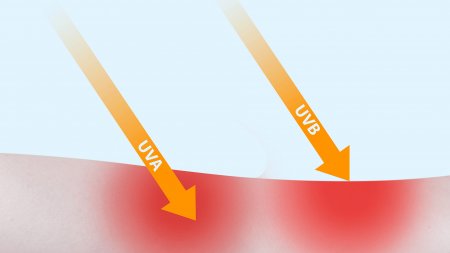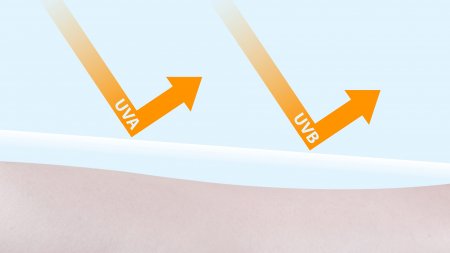According to experts*, 80% of facial ageing is caused by sun exposure! The ageing linked to this exposure is called photoageing.
Its signs include deep wrinkles, pigment spots, and telangiectasias (visible dilation of small blood vessels below the skin). This type of accelerated ageing affects all frequently-exposed areas, such as the face, back, hands, forearms and décolleté. UVB and UVA rays drastically alter skin cells, destroy collagen and elastin, and can cause cancerous tumours to develop.
There are so many good reasons for adopting common-sense habits to deal with the sun and protect yourself whenever you are exposed.
*Gilchrest BA et al, Effect of chronologic aging and photoaging: an overview., J Am Acad Dermatol, 1989; 21(3 Pt 2): 610-3












